The Ultimate Guide To Growing Baby’s Breath
Baby’s breath, known for its delicate and fairy-like appearance, has enchanted garden lovers and floral designers for years. Its allure comes from its airy, cloud-like blossoms that effortlessly add a playful touch to any setting. This flower isn’t just a staple in wedding arrangements. It has blossomed into a favorite in home gardens and elegant floral pieces. The variety of this plant is quite fascinating. Ranging from the classic Gypsophila paniculata, known for its abundant tiny white flowers, to more vibrant and sturdy variants, each type brings its unique flair. These newer cultivars have injected a fresh palette of colors […]

Baby’s breath, known for its delicate and fairy-like appearance, has enchanted garden lovers and floral designers for years. Its allure comes from its airy, cloud-like blossoms that effortlessly add a playful touch to any setting. This flower isn’t just a staple in wedding arrangements. It has blossomed into a favorite in home gardens and elegant floral pieces. The variety of this plant is quite fascinating. Ranging from the classic Gypsophila paniculata, known for its abundant tiny white flowers, to more vibrant and sturdy variants, each type brings its unique flair. These newer cultivars have injected a fresh palette of colors into the traditional spectrum of this plant. Their diverse characteristics offer gardeners a plethora of options. Whether you aim for a subtle, soft look or a more striking display, there’s a baby’s breath type that fits perfectly. Their adaptability and ease of growth have only fueled their popularity. Making them a top choice for both novice and seasoned gardeners.
Baby’s breath has a delicate and fairy-like appearance

How To Grow Baby’s Breath
Getting started
Selecting the ideal seeds or seedlings is a key step in cultivating a lush baby’s breath garden. Opting for seedlings can give you a head start, yet starting from seeds offers a richer gardening journey. Each variety of this plant comes with its own set of needs and preferred conditions. Generally, these plants flourish in well-drained soil, basking under the full embrace of the sun. This sets the foundation for an impressive floral display. The choice between seeds and seedlings can depend on your gardening style or the time you wish to invest. Seedlings might be the go-to for those seeking immediate results. However, growing from seeds can be incredibly fulfilling, offering a deeper connection to the gardening process. Whichever path you choose, understanding the specific needs of your plant variety will be your compass to a thriving bloom.
The choice between seeds and seedlings can depend on your gardening style

Planting time
Planting baby’s breath at the right time is critical. Aim for a period post the last frost to ensure optimal growth conditions. Planting baby’s breath is a straightforward process but demands attention to detail. Begin with soil that’s well-aerated, fostering good root development. Carefully plant the seeds or seedlings, adhering to the suggested depth. This ensures proper root establishment and growth. Consistency in watering is crucial. It’s important to strike a balance, as both under and overwatering can be detrimental. The soil should be kept moist, but not soggy, to promote healthy growth without the risk of root rot. Regular checks and adjustments in watering based on weather conditions can greatly benefit the plants. As they start to grow, keep an eye on their progress. This helps in identifying any issues early on and adjusting care as needed. With the right start, your plants will be well on their way to flourishing.
Aim for a period post the last frost to ensure optimal growth conditions
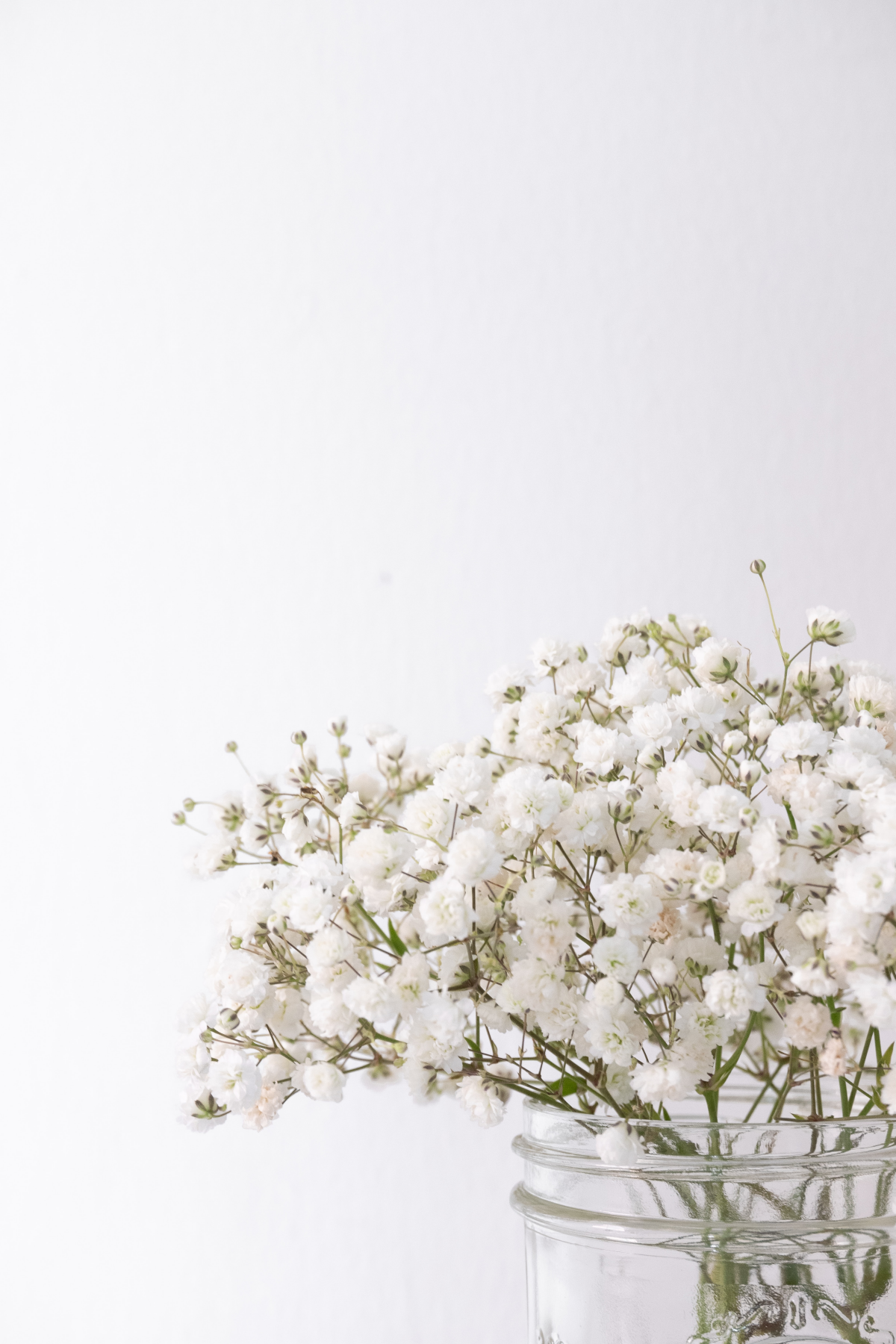
Essential care
Caring for this flower involves a delicate balance, especially when it comes to watering. Providing too much water can cause the roots to rot. This is a common issue in over-enthusiastic care. On the other hand, too little water can stunt the plant’s growth, leaving it unable to flourish. Ideally, a deep watering once a week should suffice, ensuring the soil is moist but not waterlogged. The choice of soil and fertilizer is equally critical. Opt for a well-draining soil that prevents water from pooling around the roots. Enriching this soil with organic matter can boost the plant’s health, aiding in robust growth. Complement this with a balanced, slow-release fertilizer to provide sustained nourishment. This type of fertilizer releases nutrients gradually, avoiding the risk of overwhelming the plants. Such meticulous care sets the stage for healthy, vibrant baby’s breath flowers, showcasing the rewards of thoughtful gardening.
Providing too much water can cause the roots to rot

Sunlight and location
Baby’s breath thrives in an environment bathed in abundant sunlight. These plants require about six hours of direct sunlight each day to reach their full potential. When selecting a location for your plant, whether in your garden or indoors, prioritize areas that receive ample sunlight. A sunny garden bed that’s exposed to direct sun for most of the day is ideal. If you are growing this flower indoors, place them near a south-facing window where they can bask in the sun’s rays. Adjusting to indoor environments might require some extra attention, especially in terms of watering and ensuring sufficient air circulation. Indoor plants may not dry out as quickly as those outdoors, so adjust your watering schedule accordingly. Ensuring good air circulation around the plants will help prevent the onset of diseases and pest infestations, which are more prevalent in stagnant air conditions.
Baby’s breath thrives in an environment bathed in abundant sunlight

Pruning and Maintenance
Pruning this plant is a vital part of its upkeep, impacting both its health and appearance. Regularly removing spent blooms and cutting back overcrowded areas not only enhances the plant’s aesthetic appeal but also encourages better air circulation. This can lead to more robust and healthier growth. Such maintenance tasks should also include vigilant weeding, as weeds compete with your plants for nutrients and water. Additionally, keep a close watch on the soil moisture levels. Consistent monitoring and timely interventions can avert common issues such as root rot or dehydration, often seen in neglected gardens. This kind of regular upkeep ensures that your baby’s breath plants remain in peak condition, showcasing the beauty and resilience of these delicate flowers.
Pruning baby’s breath is a vital part of its upkeep

Managing pests and diseases
Maintaining a healthy plant necessitates vigilance against pests and diseases. Common pests, such as aphids and whiteflies, can be deterred using natural remedies or insecticidal soaps. These solutions are preferable as they are less harmful to the environment and beneficial insects. Regularly inspecting your plants for signs of infestation is crucial. Early detection means easier control and less damage to the plants. Diseases in baby’s breath often manifest as discoloration of leaves or wilting. Identifying these symptoms early on is key to effective treatment. Utilizing appropriate fungicidal treatments can help in managing these diseases, preserving the health and beauty of your flowers. Implementing a routine check for pests and diseases as part of your regular gardening practice will go a long way in maintaining the vitality of your plants.
These solutions are preferable as they are less harmful to the environment
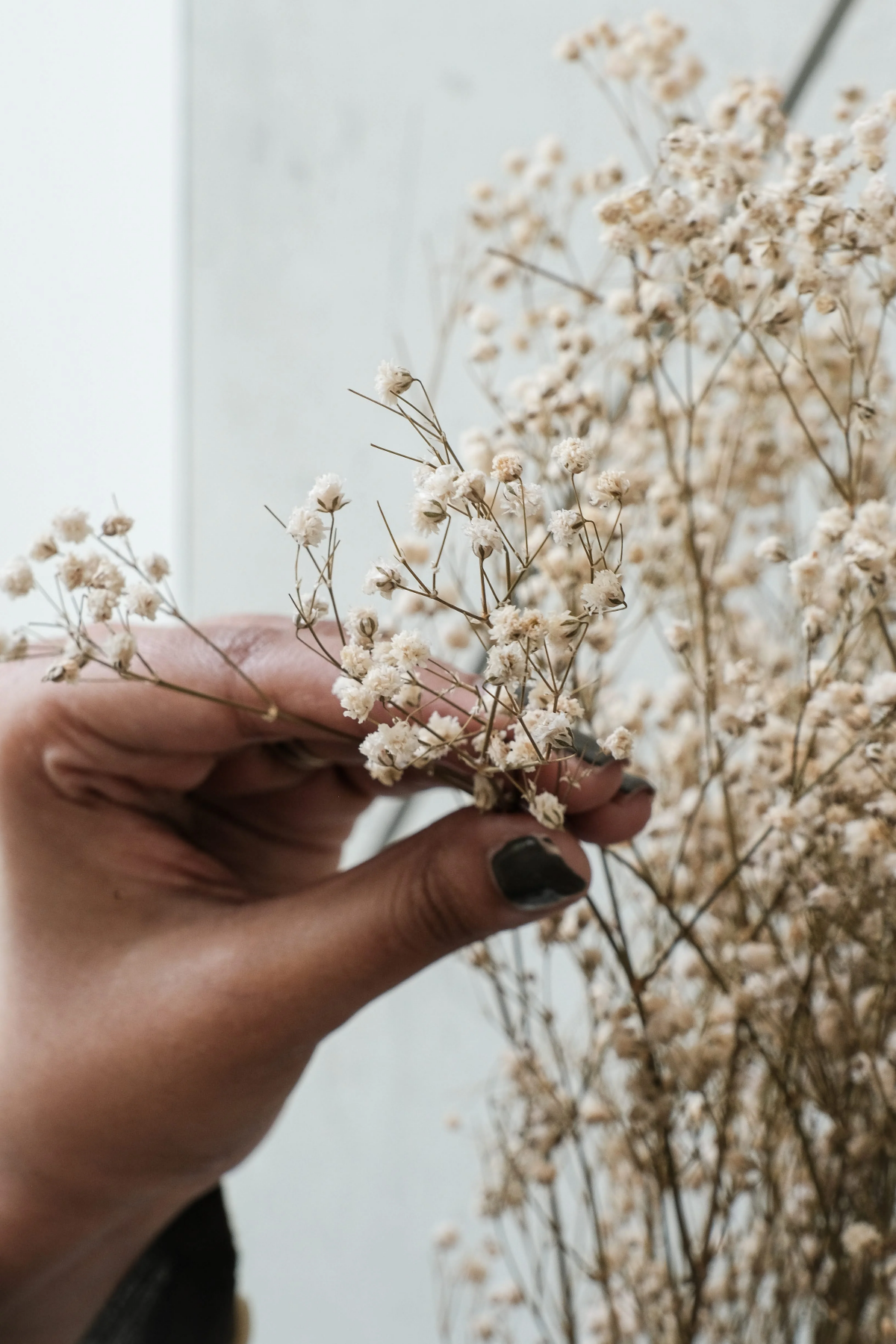
Encouraging blooms
Maximizing the bloom of baby’s breath involves a few key practices. Deadheading, or the removal of spent flowers, encourages the plant to produce new growth and more blooms. This practice not only promotes a longer blooming period but also contributes to a more aesthetically pleasing plant. Understanding the specific blooming cycle of your baby’s breath variety is essential. This knowledge helps in planning and ensures that your garden remains in bloom throughout the growing season. Some varieties may have different blooming patterns, so tailoring your care to these patterns will yield the best results. Consistent care, including proper watering, fertilization, and sunlight exposure, also plays a significant role in encouraging lush, vibrant blooms in your plants.
Maximizing the bloom of baby’s breath involves a few key practices

Harvesting and uses
Harvesting baby’s breath at the right time is crucial for both fresh and dried floral arrangements. The optimal time for harvesting is when the flowers are just beginning to open. This ensures that they are at their peak of beauty and will last longer in arrangements. For fresh displays, cut the stems at the desired length and immediately place them in water. For dried arrangements, hang the stems upside down in a cool, dry place. This method preserves the delicate structure and color of the flowers. Baby’s breath is a versatile flower, adding elegance and lightness to both fresh and dried arrangements. Its ability to stand alone or complement other flowers makes it a favorite among florists and DIY enthusiasts alike. Whether used in a bridal bouquet or a simple vase arrangement, this plant brings a timeless beauty to any floral composition.
The optimal time for harvesting is when the flowers are just beginning to open

Propagating and expanding
Propagating this flower is an exciting way to expand your garden. This can be done either through seeds or cuttings. If you choose to propagate from seeds, sow them in well-draining soil and provide consistent moisture until germination. For cuttings, select healthy stems and root them in a moist soil mix. This method can be particularly rewarding as it allows you to see new growth from existing plants. Companion planting is another excellent way to enhance your garden. Consider pairing baby’s breath with plants that thrive in similar conditions. This not only creates a visually appealing garden but also promotes a healthy ecosystem. Plants with similar water and sunlight needs will coexist harmoniously, making garden maintenance easier and more enjoyable. As your baby’s breath garden grows, you’ll enjoy a richer, more diverse floral display.
Propagating baby’s breath is an exciting way to expand your garden

FAQs
How long will baby’s breath last?
Baby’s breath, when properly cared for, can have a long-lasting display. Freshly cut stems of baby’s breath can last up to 8 to 10 days in a vase with water. The key to longevity is to cut the stems at an angle before placing them in water and to change the water every two days to prevent bacterial growth. For dried baby’s breath, which is also a popular choice, the flowers can last for several years. The drying process involves hanging the stems upside down in a dry, well-ventilated space, away from direct sunlight, which preserves their delicate structure and color.
The key to longevity is to cut the stems at an angle before placing them in water
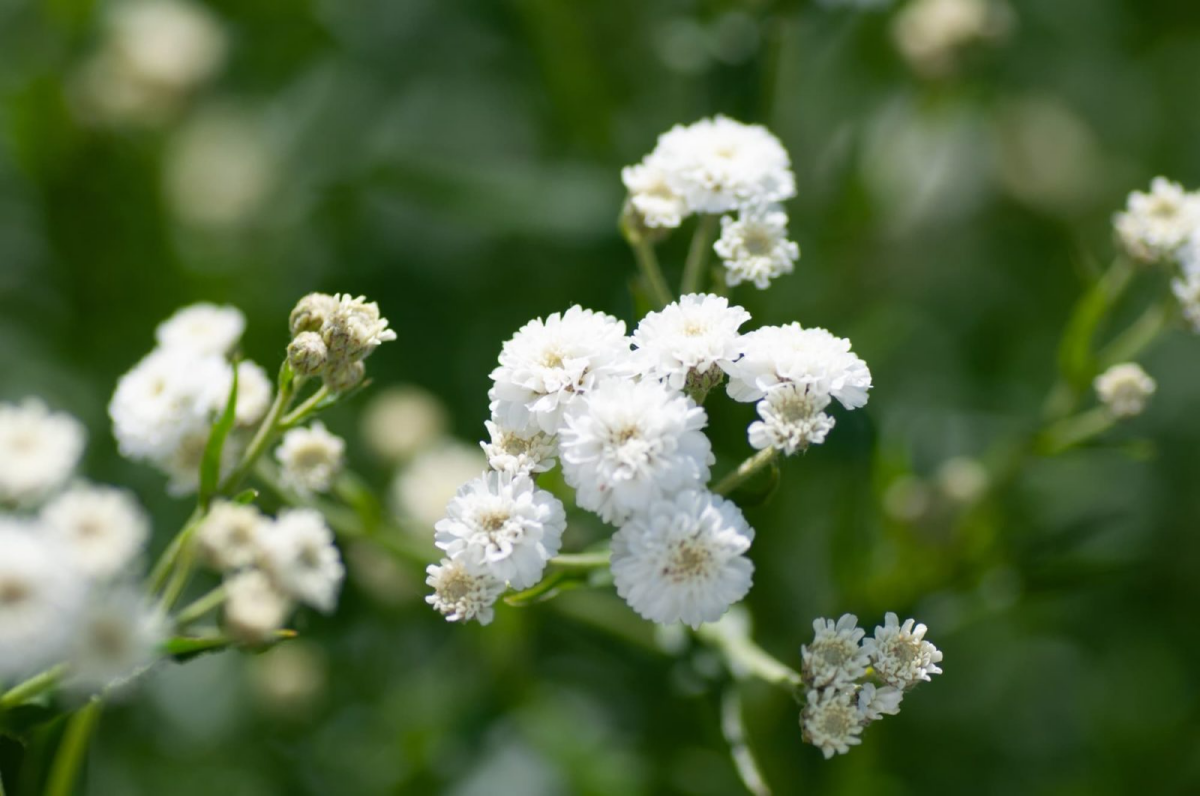
Can baby’s breath last without water?
Baby’s breath can last for a short period without water, making it a resilient choice for floral arrangements and bouquets. Typically, when used in floral designs, baby’s breath can stay fresh and maintain its appearance for a few hours to a day without water. This characteristic makes it ideal for events like weddings where flowers may not have a constant water source. However, for longer-lasting freshness and to extend its beauty, it’s best to keep baby’s breath in water whenever possible, especially if they’re part of a display that needs to remain fresh over an extended period.
This characteristic makes it ideal for events like weddings
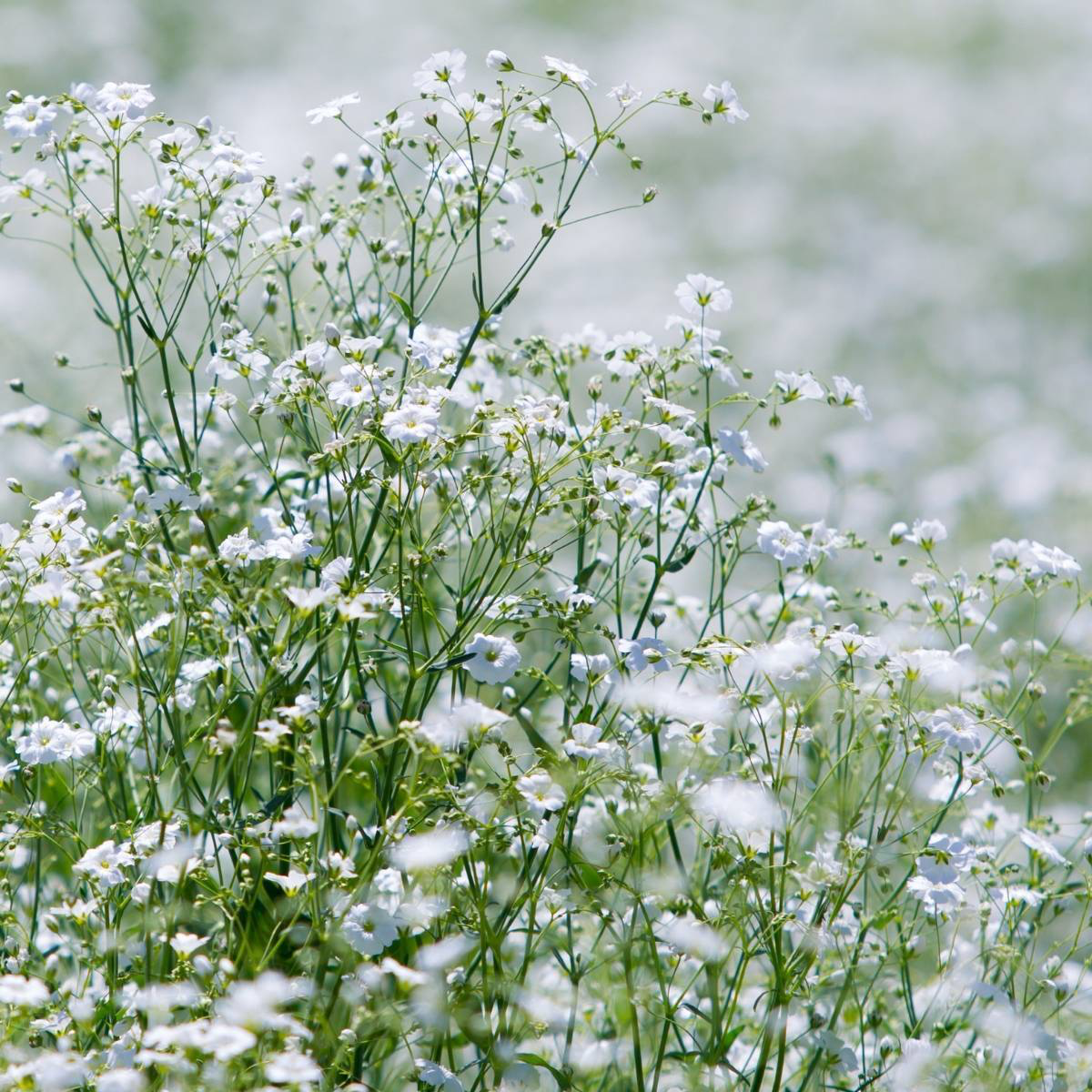
Is baby’s breath hard to grow?
Baby’s breath is generally considered easy to grow, making it a favorite among both novice and experienced gardeners. It thrives in well-drained soil and requires full sun exposure to flourish. The plant is relatively hardy and can tolerate a range of soil types, although it prefers a neutral to slightly alkaline pH. Baby’s breath doesn’t require frequent watering once established, as overwatering can lead to root rot. The most significant challenges in growing baby’s breath might involve ensuring adequate sunlight and protecting the plants from pests. With basic care and attention, baby’s breath can be a low-maintenance and rewarding addition to any garden.
Baby’s breath is generally considered easy to grow

Does baby breath come in different colors?
While traditionally known for its delicate white flowers, baby’s breath does come in different colors. Over the years, horticulturists have developed various cultivars of baby’s breath that feature shades of pink and even faint yellow. The most common variant, Gypsophila paniculata, typically blooms in white, but the ‘Rosenschleier’ variety offers soft pink flowers, providing a unique twist on the classic baby’s breath. These colored varieties retain the same airy and whimsical feel of traditional white baby’s breath but add a touch of color that can enrich the diversity of garden displays and floral arrangements.
Horticulturists have developed various cultivars of baby’s breath
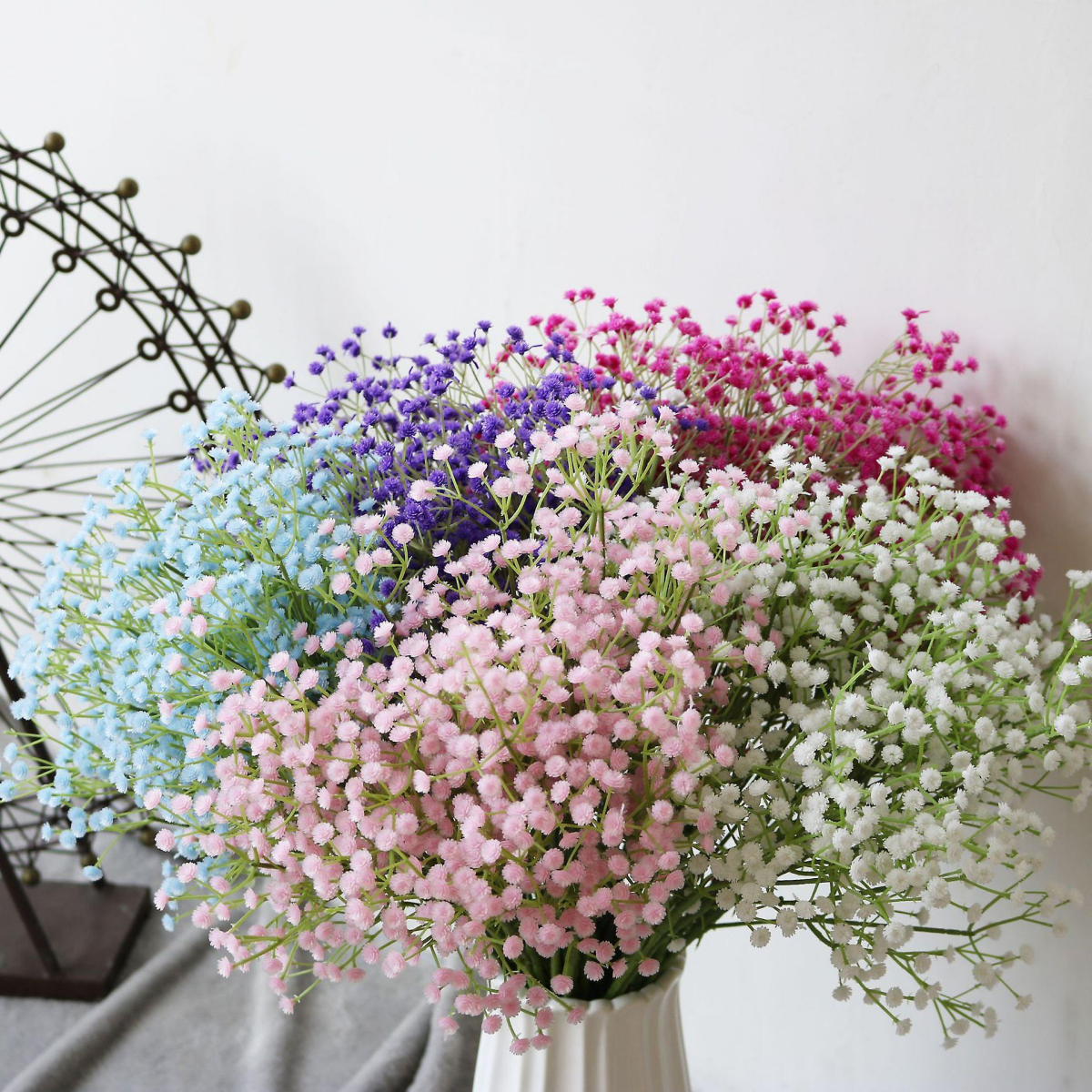
How tall does baby’s breath grow?
The height of baby’s breath plants can vary depending on the species and growing conditions, but most commonly, they grow to about 2 to 3 feet tall. Some cultivated varieties may grow taller, potentially reaching up to 4 feet, especially when provided with optimal growing conditions like full sun and well-drained soil. These taller varieties are particularly favored in floral arrangements for their ability to add height and volume. When planting baby’s breath in a garden setting, spacing and pruning are important to manage their growth and encourage a fuller, bushier appearance, which can also influence the overall height of the plants.
The height of baby’s breath plants can vary depending on the species and growing conditions
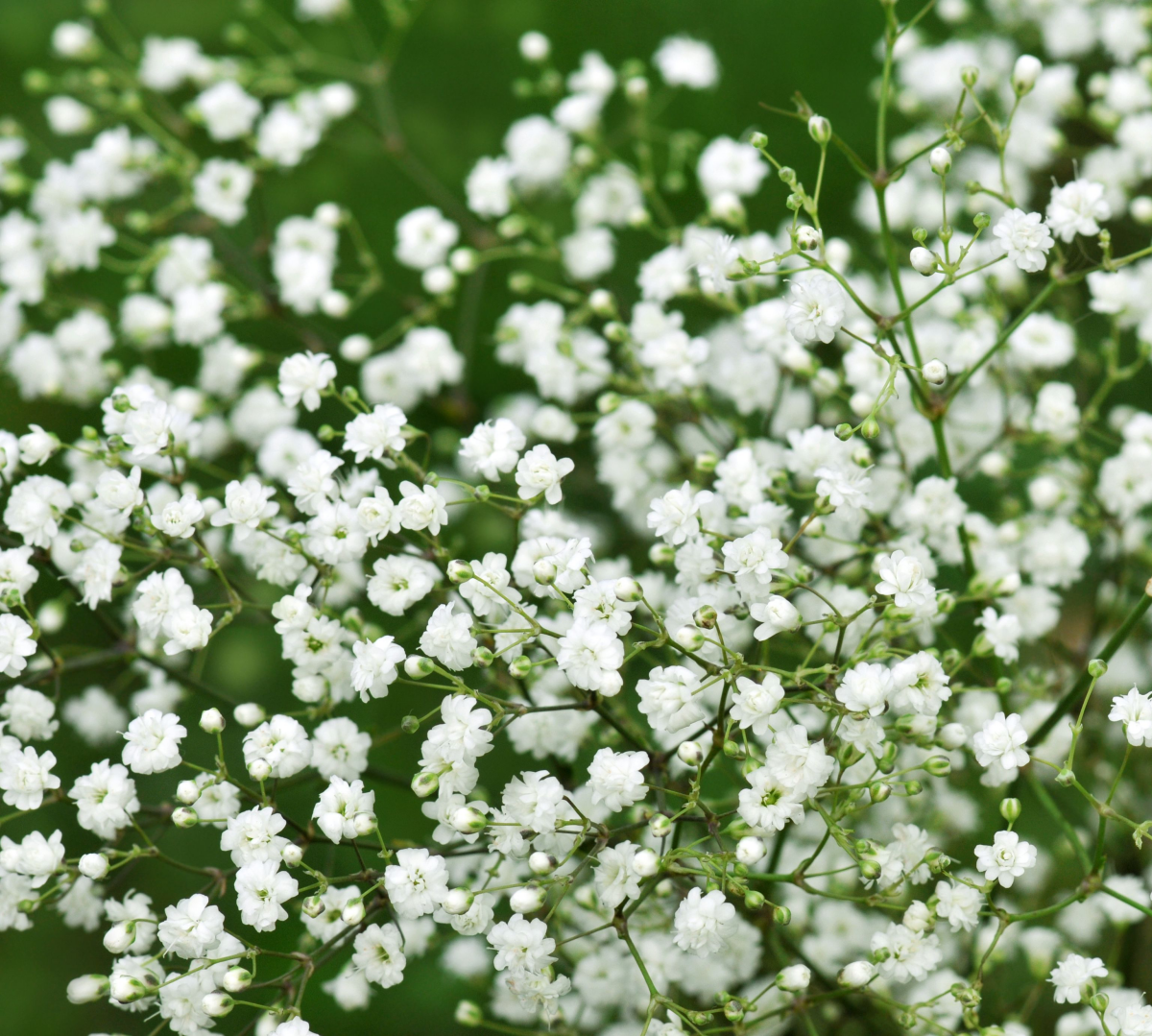
As your baby’s breath flowers bloom, take a moment to reflect on your gardening journey. From the initial planting to the joy of seeing your flowers flourish, each step has been a part of a rewarding process. Celebrate the success of your blooms and consider what comes next in your gardening adventure. Perhaps you’ll expand your collection with more varieties or focus on refining your cultivation techniques. Gardening with baby’s breath is an ongoing adventure, filled with opportunities for learning and growth. Whether you’re a novice or an experienced gardener, the beauty and simplicity of baby’s breath make it a delightful addition to any garden.
Gardening with baby’s breath is an ongoing adventure

